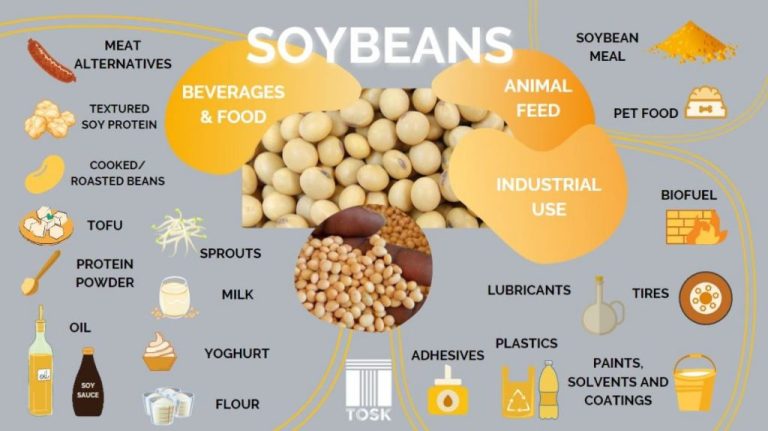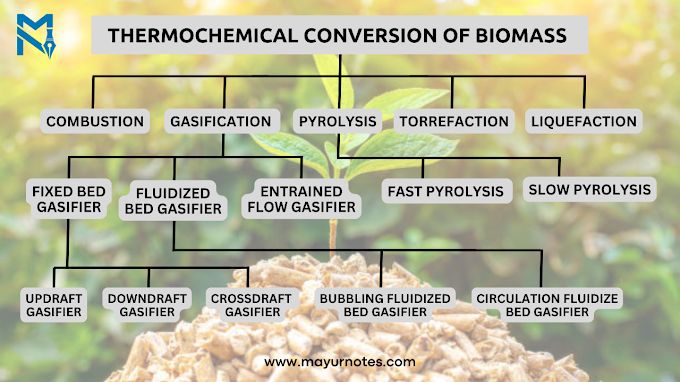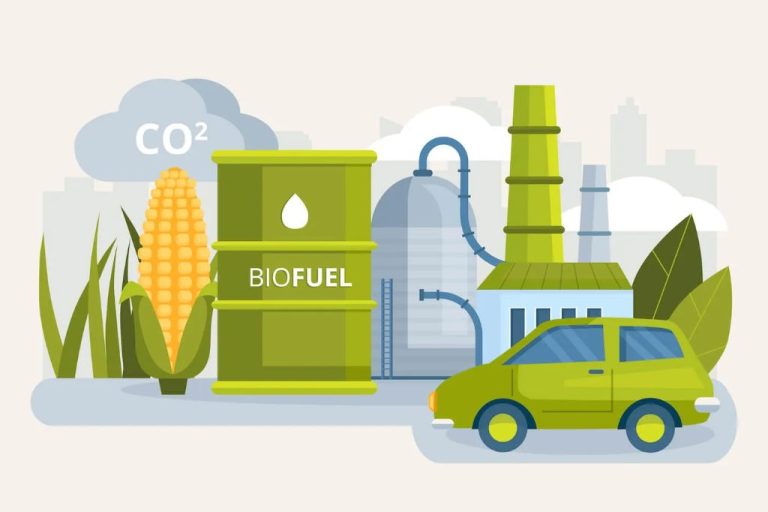Can Sorghum Be Used As Biofuel?
Sorghum is a cereal grass that originated in northern Africa. It is a versatile crop that is cultivated around the world, used for food, fodder, the production of alcoholic beverages, and more recently, as a renewable biofuel source. Sorghum is known for its drought resistance and ability to grow in areas not suitable for other crops. Its high sugar content makes it well-suited for ethanol production.
As concerns over energy security and the environmental impacts of fossil fuels grow, biofuels like ethanol are gaining interest as renewable alternatives. Ethanol can be blended with gasoline to reduce dependence on oil and lower emissions. Sorghum’s potential as a biofuel feedstock lies in its capability to provide high biomass and ethanol yields with low inputs and in marginal environments. Research is ongoing into optimal sorghum varieties and production methods for biofuel applications.
Benefits of Sorghum as Biofuel
Sorghum has emerged as an excellent candidate for biofuel production. Some of the key benefits of using sorghum as a biofuel feedstock include:
High Biomass Yield
Sorghum can produce very high biomass yields even with low inputs of water and fertilizer. The average yield of sorghum is around 8,000 pounds per acre, which is similar to corn. Some newer sorghum cultivars can produce over 20,000 pounds of biomass per acre under ideal growing conditions.
The high biomass productivity of sorghum makes it efficient in terms of land use. More biomass output per acre means that less land is needed to produce the same amount of fuel.
Drought Resistance
Sorghum is a C4 photosynthetic plant that is highly tolerant to drought stress and arid growing conditions. It uses water very efficiently, requiring only one-third the amount of water compared to sugarcane or corn. This allows sorghum to thrive in many water-limited environments.
The drought resistance of sorghum makes it reliable even in the face of variable rainfall. Sorghum can produce reasonable yields even with modest water inputs, reducing risk for growers.
Sorghum vs Other Biofuel Crops
Sorghum has some advantages over other common biofuel feedstocks like corn, sugarcane, and soybeans. Compared to corn, sorghum requires less water and fertilizer to grow, so it has lower input costs. Sorghum is also more drought-tolerant than corn. Sugarcane requires tropical climates, but sorghum can grow in more temperate regions. In terms of yield, sorghum produces similar amounts of ethanol per acre as corn when processed using advanced biofuels techniques. However, soybeans produce less ethanol per acre than both sorghum and corn.
Additionally, sorghum does not compete with food supplies as much as corn and soybeans do. About 40% of the US corn crop and 80% of soybean harvests go toward animal feed and other food products annually. Sorghum represents a smaller portion of the food supply, so using it for fuel instead of food has less impact. Compared to sugarcane, sorghum is easier for local farmers to grow, while sugarcane cultivation tends to rely on large plantations.
Overall, sorghum strikes a balance between high fuel yields, low input costs, drought tolerance, and minimial competition with food crops. These advantages make sorghum one of the more sustainable and economical choices for producing biofuel out of common crop feedstocks.
Sorghum Biofuel Production Process
The production process of biofuel from sorghum involves several key steps including pretreatment, fermentation, and distillation.
Pretreatment is an important first step that helps break down the complex carbohydrates in sorghum into simple sugars. This usually involves using heat, acids, ammonia, or other chemicals to help separate the lignin that provides structural rigidity to the plant fibers. Pretreatment facilitates the breakdown of cellulose and hemicellulose components into fermentable sugars.
After pretreatment, the biomass goes through fermentation where yeast or bacteria are added to convert the sugars into ethanol. Fermentation is typically carried out in stainless steel vessels under controlled conditions. The most commonly used microorganism is brewer’s yeast Saccharomyces cerevisiae. Fermentation time can range from 1 to 4 days during which sugars are metabolized into ethanol by the microorganisms.
The final step is distillation, which involves heating the fermented mash in distillation columns to extract pure ethanol. This produces an ethanol concentration of 95-96% purity. Further dehydration using molecular sieves can produce anhydrous ethanol (100% ethanol). The leftover stillage can be used as nutrient-rich livestock feed.
Optimizing each step in this process is key to achieving high ethanol yields from sorghum. Research is ongoing on finding the best pretreatment and fermentation options.
Sorghum Ethanol Yields
Sorghum has a high yield of ethanol per acre thanks to its drought resistance and ability to grow in a wide range of climates and soils. While actual yields depend on geography, growing conditions and variety, sorghum can produce between 300-800 gallons of ethanol per acre.
This ethanol yield is generally higher than corn, which averages around 400 gallons of ethanol per acre. Sorghum converts approximately 4 pounds of grain to produce 1 gallon of ethanol. The stalk and leaves can also be used as a cellulosic feedstock for additional ethanol production.
Sorghum’s high yields and low input costs make it an efficient and productive biofuel crop. With advancement in hybrids and production methods, ethanol yields from sorghum are likely to increase further in the future.
Sustainability
Sorghum is considered a sustainable biofuel crop for several reasons. First, it has lower water requirements than other biofuel crops like corn and sugarcane. Sorghum is quite drought-tolerant and can produce reasonable yields with less water. This makes it appealing for arid regions where water supply is limited.
In terms of carbon emissions, sorghum ethanol has been estimated to reduce greenhouse gas emissions by over 50% compared to gasoline. The large amount of biomass sorghum produces can help offset carbon emissions when processed for bioenergy. Additionally, sorghum releases less nitrogen oxide than other crops, which further lowers its carbon footprint.
Sorghum also requires lower fertilizer and pesticide inputs than many other crops. This further improves the sustainability of sorghum-based biofuels versus alternatives. With its ability to grow on marginal lands and need for fewer agricultural inputs, sorghum is poised to be an eco-friendly source for renewable fuel production.
Economics
Cost-effective biofuel production from sorghum has great economic potential. Sorghum is typically less expensive to grow than other biofuel crops like corn or sugarcane. It requires less water, fertilizer, pesticides, and energy inputs, lowering overall production costs. Sorghum can be grown on marginal lands not suitable for other crops, avoiding competition with food production. The biofuel yields from sorghum are also competitive with other crops. Ethanol produced from sorghum costs approximately $1.30 per gallon, compared to $1.50 for sugarcane ethanol and $1.20 for corn ethanol. Sorghum ethanol production is economically viable at today’s oil prices. Further research to increase yields and develop specialized biofuel varieties of sorghum could make it even more cost-competitive. Overall, sorghum is poised to be a cost-effective, economically sustainable biofuel feedstock.
Challenges
While sorghum shows promise as a biofuel feedstock, there are some challenges that need to be addressed.
One challenge is competition from other crops like corn and sugarcane. Corn already has an established infrastructure for ethanol production in many countries. Sugarcane also produces more ethanol per acre than sorghum. For sorghum to gain wider adoption, it will need to demonstrate higher yields and sustainability than these crops.
Another challenge is logistics. To be viable for biofuel production, sorghum needs to be aggregated and transported efficiently. Developing supply chain infrastructure from farms to biorefineries represents a hurdle. The locations of sorghum production and biorefineries need to be optimized to control transportation costs.
Future Outlook
The future of sorghum as a biofuel feedstock looks promising, owing to significant investments in research and favorable government policies.
Ongoing research by universities and private companies aims to further improve sorghum’s biofuel yields through advanced breeding techniques and genetic engineering. Researchers are focused on boosting biomass production, increasing starch content, enhancing stress tolerance, and modifying the plant’s lignin content to make processing more efficient.
Several governments have implemented policies to encourage biofuel production from sorghum and other ethanol crops. The United States, China, India, parts of Africa, and others have enacted biofuel blending mandates, subsidies, and incentives to reduce dependence on fossil fuels and meet climate change goals. The USEPA’s Renewable Fuel Standard program, for example, sets annual production targets for various biofuels including sorghum ethanol to be blended into the nation’s fuel supply.
With strong research efforts to maximize yields and policy support from governments worldwide, sorghum is poised to play an increasingly important role as a renewable source of biofuel in the future.
Conclusion
In summary, sorghum shows great promise as a biofuel feedstock. It offers several advantages over other crops like corn and sugarcane in terms of water usage, climate resilience, and sustainability. Sorghum can produce high yields of biomass and usable sugars for conversion to ethanol, though yields may be slightly lower than corn. The production process for converting sorghum to biofuel is well established, using similar enzymes and fermentation processes as for other crops. Economics and scalability remain challenges, but continued research and investment into specialized sorghum hybrids optimized for bioenergy could make the crop cost-competitive. If its sustainability and climate adaptation benefits are considered, sorghum biofuel could play an increasing role in the renewable energy mix of the future.







